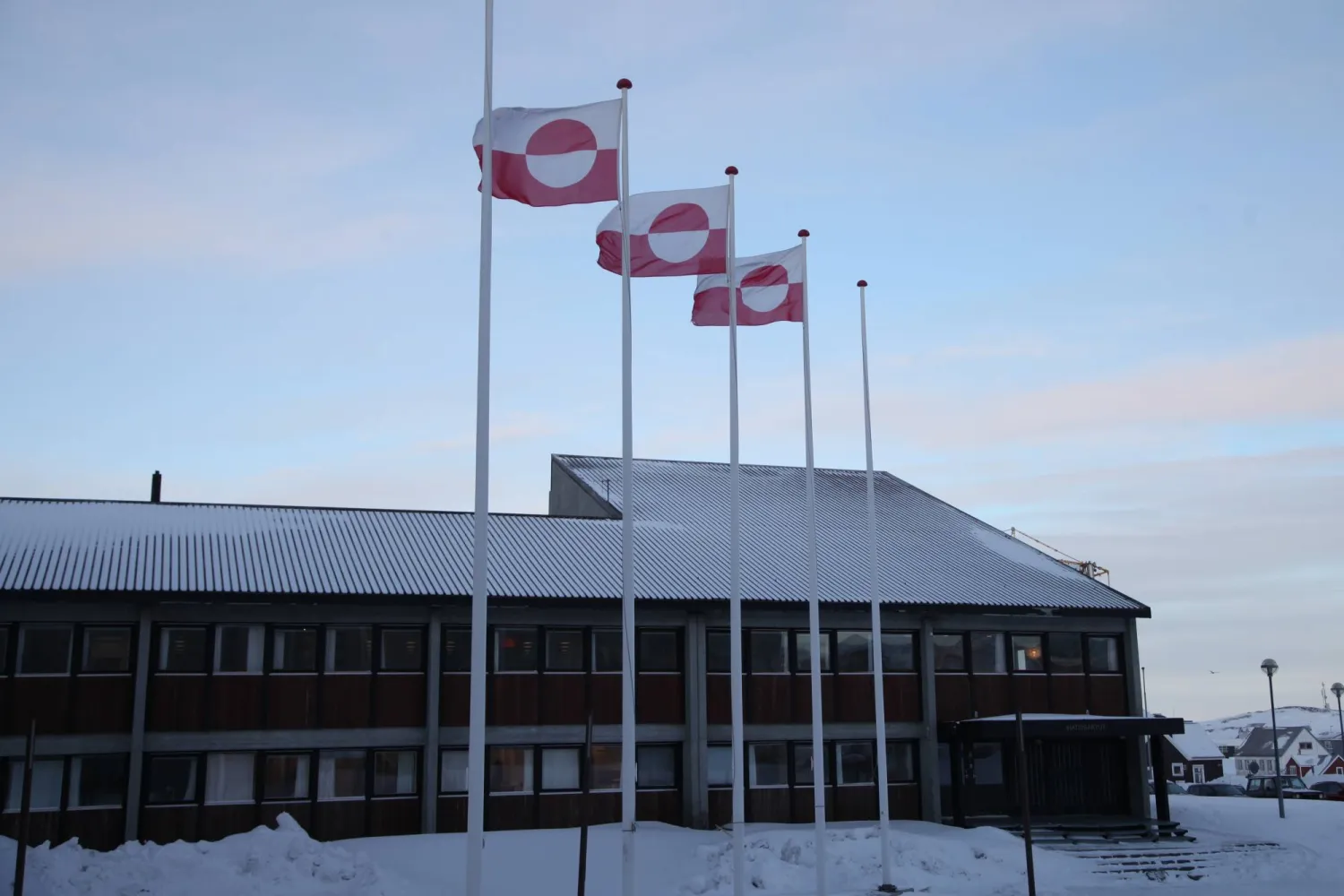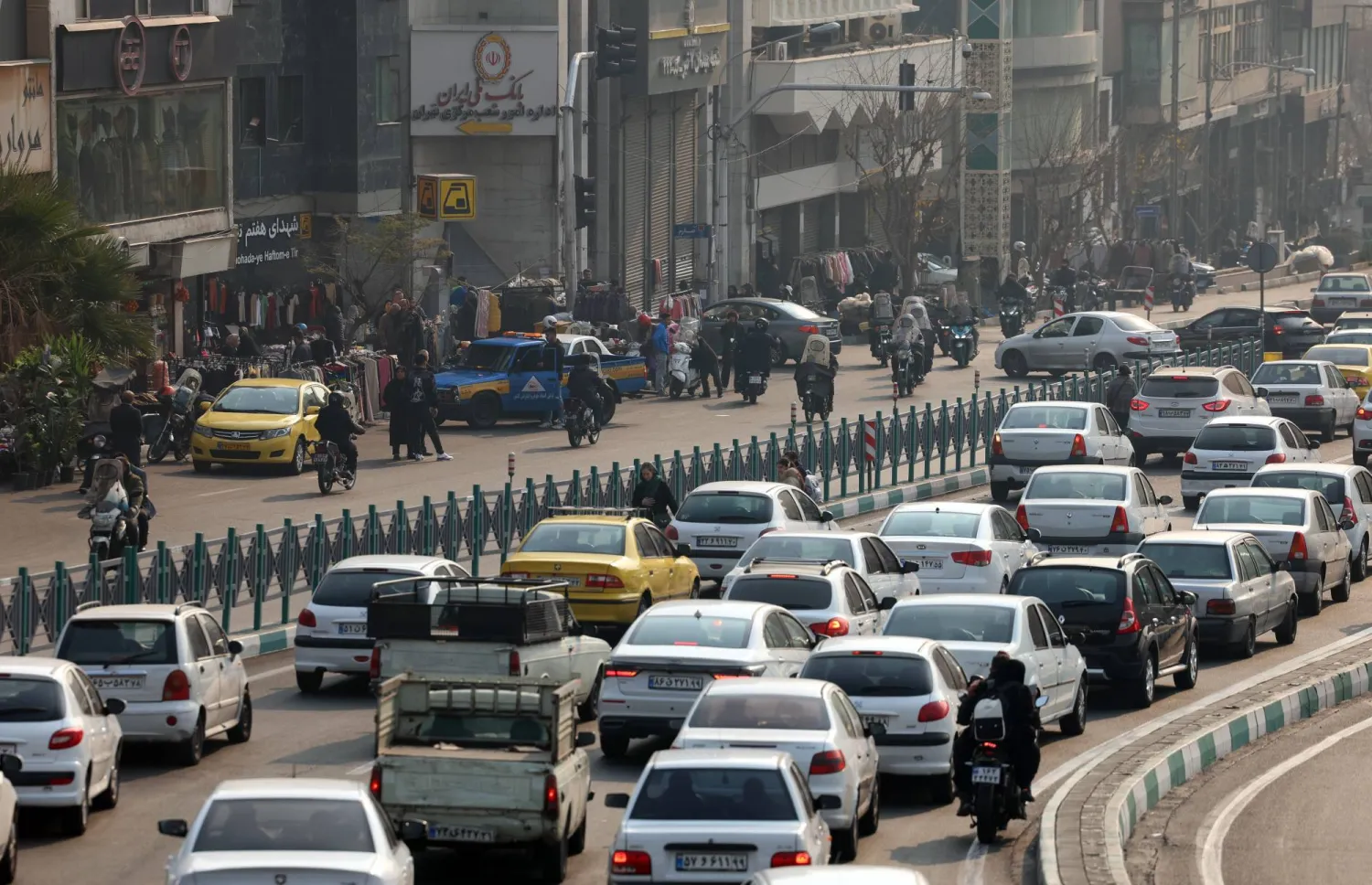Syria’s recent parliamentary elections, the third since 2011, have revealed several changes that have taken place in the war-torn country. They have highlighted the emergence of warlords and showed their lack of transparency and disregard for the United Nations-sponsored peace process. The following are ten talking points from the polls:
1- Baath majority: Even though the current 2012 constitution eliminated the article that referred to the Baath as the “leader of the state and society”, the party still maintains its grip over the country. The party may have changed its name, but it kept its role in naming Baath candidates and the parties that are qualified to ally themselves with it. The party leadership submitted 183 candidates, including 166 Baathists, who became uncontested winners regardless of the vote. This narrowed down the “competition” to “independent” candidates, ranging from businessmen to warlords, vying for the remaining 67 seats in the People’s Council.
2- Geneva process: Since the eruption of anti-regime protests in 2011, Damascus has stuck to its military, political, economic and electoral paths. It organized parliamentary elections in 2012 and 2016, amended the constitution in 2012 and held presidential elections based on it in 2014. The third parliamentary elections reflect Damascus’ continued commitment to its “path” away from the ongoing political process taking place in Geneva that is aimed at implementing UN Security Council resolution 2254. The Baath’s continued control of the majority of parliament is a given and will ensure that it holds final say over any reforms or constitutional amendments. It will also hold sway over any candidate seeking to run for president whereby a nomination needs the approval of 35 lawmakers in order to be eligible. The same thing happened in 2014 and will happen again for the 2021 polls.
3- Presidential elections: It was clear that Damascus was not seeking to widen any margin for fresh faces for the parliamentary elections, which raises questions about next year’s presidential polls. The 2021 elections may face the same fate as the parliamentary ones unless the United States and Russia reach a regional understanding or an agreement is reached in Geneva on the polls.
4- Area and control: The parliamentary elections were held even though the regime does not control the whole of Syrian territories. American, Russian, Turkish and Iranian forces are currently deployed in Syria where the regime controls some 63 percent of territories. These four armies control the rest. Significantly, Israel carried out a series of air strikes, including against the Mezzeh military airport, as the ballots were being counted.
5- Voter turnout: According to the current constitution, military and security personnel are allowed to participate in the parliamentary elections. Syrians residing outside the country are not, but they can take part in the presidential polls. Witnesses said that as a result the voter turnout was very low. How will Damascus justify this? Will it blame the coronavirus outbreak or terrorist attacks?”
6- Familiar faces: Preliminary estimates showed that half of the new faces of parliament will be first-time members. Many stalwarts of the council will be absent, such as businessman Mohammed Hamsho, who withdrew his candidacy two days before the elections at the Baath’s behest. The elections sprung a surprise with the defeat of Aleppo businessman Fares al-Shehabi. Notably missing in Homs was major lawmaker Abdulaziz Trad al-Melhem, who usually opened parliament sessions.
7- War profiteers: Significant among the new faces at parliament are the war profiteers who amassed their wealth during the conflict. They include Hussam Qaterji from Aleppo and Bilal Niaal and Omar Khaity, who rose to prominence in the trade business in the Damascus countryside. Others include Alain Bakr in Aleppo, Ammar al-Assad in Latakia and Badi al-Droubi in Homs. Mohammed Hammam Msouti continued to make a name for himself at Hamsho’s expense.
8- Warlords: The parliamentary elections highlighted the rising influence of faction and militia commanders who have fought alongside the regime since 2011. Among them are Bassem Soudan, head of the “Baath Brigade” in Latakia, whose brother heads the Syrian branch of Hezbollah. Others include Hussam Qaterji, whose family is embroiled in trade and fighting, Omar Hassan, commander of the “Baqer unit”, in Aleppo, and Fadel Warda, former commander of the “national defense forces” in Hama.
9- Sectarian representation: According to an American research center, Alawite representation at the 250-member parliament rose to 39. Sunnis now occupy 171 seats, Christians 23 and Shiites five.
10- Criticism: Losers in the elections began to make criticism even before the final electoral results were announced. The businessman Fares al-Shehabi, who is known for his loyalty to Damascus, blamed his defeat on corrupt figures and warlords. This was understood as a reference to Qaterji and members of the Berri family. Artist Bashar Ismail, another defeated candidate, blamed his loss on “political money.”









